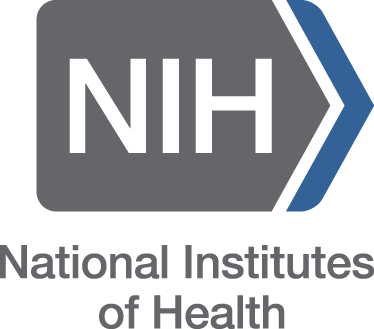SUSTAINABLE BIOFUEL PRODUCTION FROM FRUIT WASTE: A WASTE-TO-ENERGY APPROACH
DOI:
https://doi.org/10.63001/tbs.2025.v20.i02.S2.pp606-609Keywords:
Antimicrobial activity, Escherichia coli, Staphylococcus aureus, Punica granatum, MIC, foodborne pathogens, plant extractsAbstract
The prevention of food spoilage and foodborne illnesses is commonly achieved through chemical preservatives, which pose significant concerns, including potential human health hazards, chemical residues in food and feed chains, and the development of microbial resistance. These issues have increased the demand for safe, effective, and natural alternatives. Plant extracts have long been utilized for their antimicrobial properties in controlling foodborne pathogens and preserving food.
This study investigates the antimicrobial activity of five ethanolic plant extracts—Punica granatum, Syzygium aromaticum, Zingiber officinale, Thymus vulgaris, and Cuminum cyminum—against common food poisoning bacterial strains: Bacillus cereus, Staphylococcus aureus, Escherichia coli, Pseudomonas aeruginosa, and Salmonella typhi, using the agar disc diffusion method. At a concentration of 10 mg/mL, extracts of P. granatum, S. aromaticum, Z. officinale, and T. vulgaris exhibited notable antimicrobial activity, while C. cyminum was effective only against S. aureus.
Among all tested extracts, P. granatum and S. aromaticum demonstrated the highest bactericidal efficacy, particularly against S. aureus and P. aeruginosa, with minimum inhibitory concentrations (MICs) ranging from 2.5 to 5.0 mg/mL. These findings suggest that selected plant extracts may serve as promising natural preservatives for controlling foodborne pathogens and minimizing the health risks associated with chemical antimicrobial agents.






























